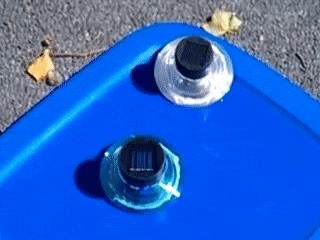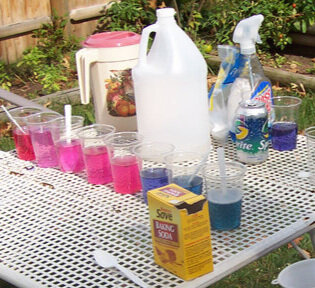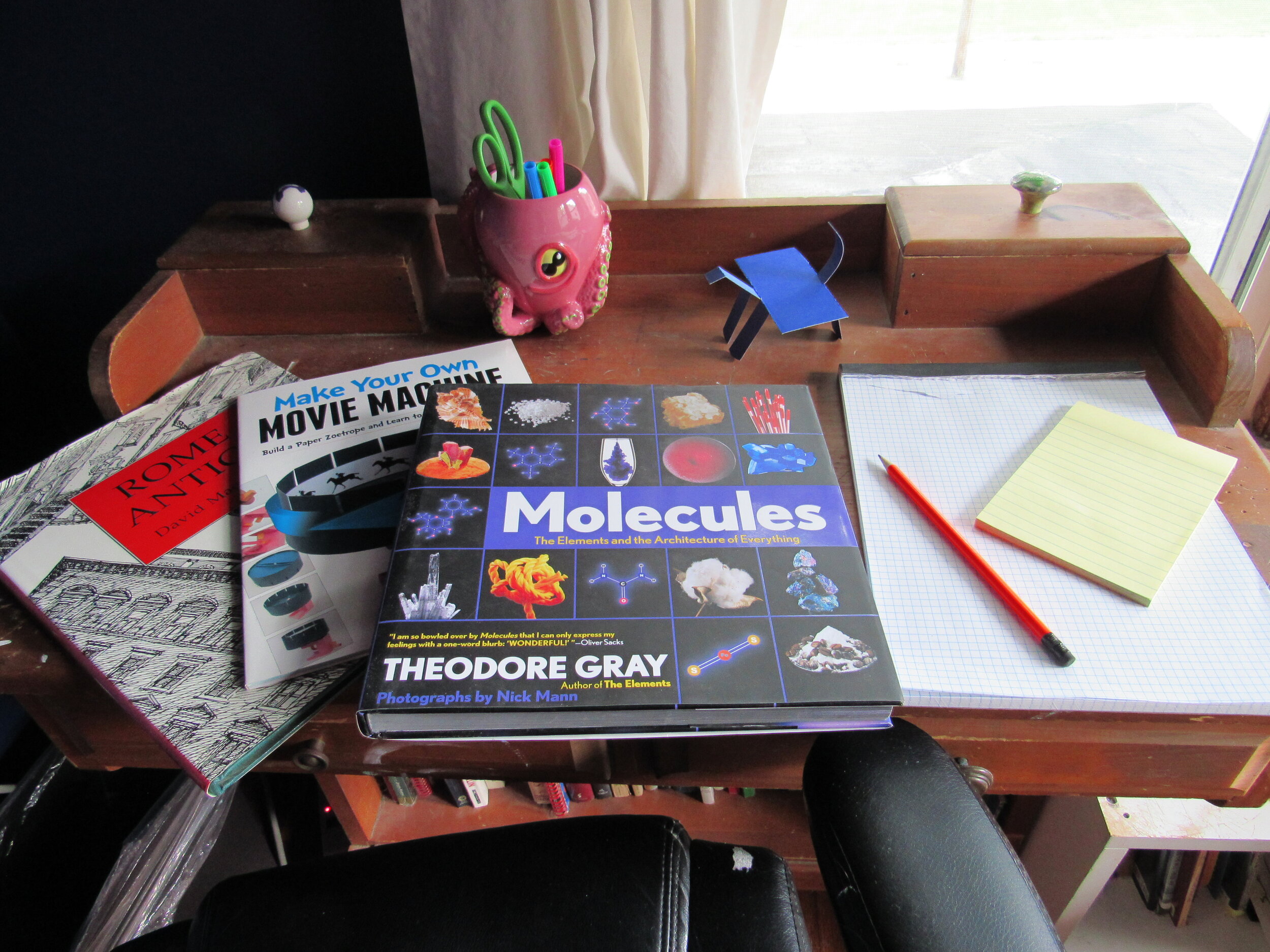Teaching your child to read can feel like one of the biggest challenges you'll ever face as a homeschooling parent. But think about it: kids in the U.S. have been learning to read at home since colonial days. If pioneer families could teach their children to read by candlelight, you can do it too! It's not as hard as it looks.
Step One: Read to Your Kids
One of the most effective ways to introduce kids to reading is simply to sit and read to them. It's not unusual for kids who have been following along as you read their favorite books to start recognizing sight words on their own.
Step Two: Keep it Interesting
Make it enjoyable for all of you by finding material that interests you AND them. There are plenty of high quality picture books and early readers at your local library or book retailer.
But you don't have to stick to beginner's books. As reading advocate Jim Trelease has pointed out, young kids can understand much more advanced material than they would be able to read for themselves. At our house, my youngest was able to follow along with the Harry Potter series when he was only six.
Step Three: Help Them "Break the Code"
For kids, the key to reading on their own is being able to figure out how letters come together to form words. So exposing your kids to the alphabet and the sounds letters make is a necessary part of learning to read.
You can use a phonics curriculum or flashcards, but there are other choices as well. Young kids often learn through touch, so letter-shaped puzzle pieces and alphabet blocks are great starters. And I can thank Sesame Street for teaching my older child to read while I was busy with the new baby.
Of course, reading is about meaning and getting the message, not just getting the words right. So along with sounding out the letters, remind your child to keep checking back with the sentence and the story as a whole, to make sure that the word they are trying to figure out makes sense in context.
Special Note: Don't worry if your child isn't an early reader. While it may be nice for a child to learn to read at three or four, studies have found that there's no long-lasting advantage.
Resources to Help Kids Read
Use these resources to help kids develop the skills they need to start reading:
Word books: My kids and I loved paging through the Richard Scarry word books over and over. They are filled with Scarry's trademark animal characters, including Lowly Worm and Huckle Cat, doing all sorts of things, each of them labeled. You could spend hours going through the author's humorous scenes, finding something new each time.
Storybook apps: Animated storybooks highlight each word as you hear it read. They not only keep a young child's attention, they're also great for helping the brain make the connection between the written word and the sound.
Easy reader books: These classics are perfect for kids who want to practice their emerging reading skills. They come in different levels, some with just a few words per page, and others with full-fledged stories. My family's favorites included anything by Dr. Seuss, the Frog and Toad series by Arnold Lobel, the Amelia Bedelia series by Peggy Parish, and James Marshall's many books. There are also great easy-to-read books on nonfiction topics, like Robert Ballard's Finding the Titanic.
Reading Instruction Programs: Some people just like the structure of a "learn-to-read" program. You may be able to borrow or access them online through your library before you buy, to make sure your child likes it. Popular programs available in print include:
This page may contain affiliate links. Thanks for helping me to keep producing great learning resources for students and families!



















